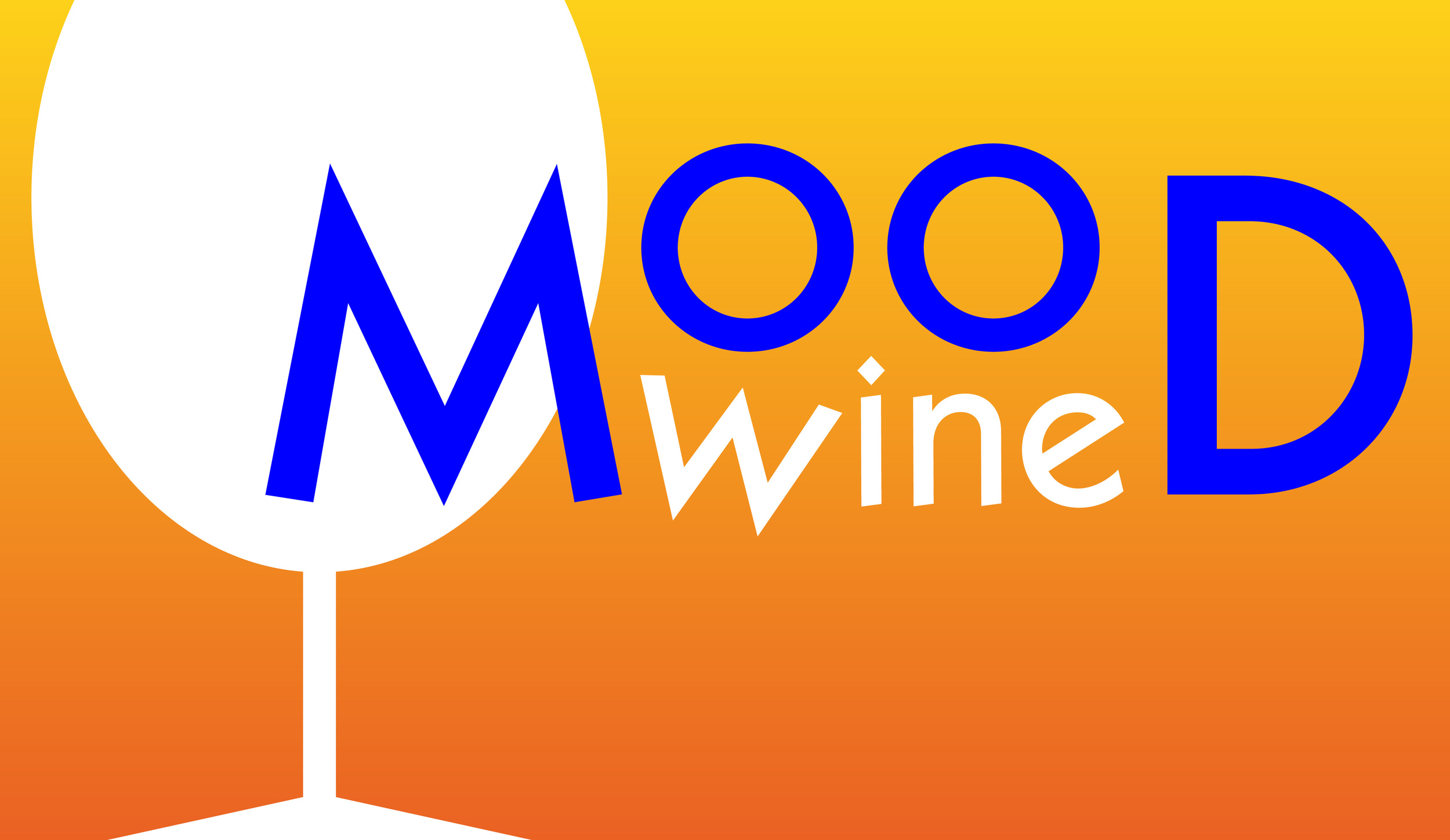SÉMILLON
I've said it before and I'll say it again: the only real difference between white wine and red wine is that red wine stains your shirt.
White wine grapes are as disparate as red grapes and almost as complex, in many cases. Some can be aged for decades! We'll explain, but first, what the heck is Sémillon?
Jancis Robinson calls Sémillon "one of the unsung heroes of white wine production" in Bordeaux, France. The major white wine grape is Sauvignon Blanc. Heard of that, haven't you?
Sémillon, probably not so much.
It's an aromatic grape. In the wine world "aromatic" means you should expect flowers, everything from lilac to petunias, ranging to perfume, a touchy characteristic for winemakers because it can produce wine that's sickeningly cloying. Outstanding winemakers can tame Sémillon's wild smells to produce a round, full, peachy, spicy, seductive white wine.
You say you've never seen a Sémillon in the grocery store. I haven't either. But here's where you'll find it:
Sémillon is used to make Sauternes, a high-end French dessert wine that may be the longest-lived wine on the planet. Noble rot—a type of mold—extracts the water from the grape and concentrates its flavor; after bottling, the high sugar protects it; aged Sauternes are one of the world's great delicacies, the oldest and most coveted of them have been waiting to be sipped longer than any human being still alive.
Perfect with foie gras. I said perfect.
At a wine auction a couple of years ago, we bid heavily against a fellow competitor for a box of Sauternes. She slipped in at the bell and outbid us, and we were sad. Then we met her a few months later at a high-end local restaurant, eating with friends, and their faces all looked like crumpled-up paper bags. In front of them sat a bottle of Sauternes.
"It's sweet," she complained.
I think we must have looked like drooling wolves.
"Do you want it?" she asked.
Nods, nods, nods. Wagging tails. "Yes please!"
Sauternes is a precious treasure of a wine begging for a separate post, so we'll move on for now, because Sémillon is known for other things too.
First of all, it's the other grape blended with Sauvignon Blanc in many dry white Bordeaux wines, especially from the Graves AOC (Appellation d'origine contrôlée), a part of Bordeaux with good drainage in the rocky vineyards. The Sémillon brings "sophistication" to these wines, according to Robinson. White Bordeauxs range in quality from everyday drinking to age-worthy. Some can be absolutely exceptional, needing to be aged a decade in order to peak!
Sémillon is not easy to find as a single varietal white wine.
In 1822 in South Africa, Sémillon accounted for 93% of the grapes planted. Today it accounts for less than 1%. In other regions it's rebounding as an interesting blending grape. Almost everywhere in the world, it's on the rise!
One of the wine regions of the world that has given us a beautiful gift is the Hunter Valley region in New South Wales, Australia, north of Sydney. Don't be confused: this valley is far from Barossa, McClaren Vale, and other famous Australian wine regions far to the west, closer to Melbourne.
Hunter Valley is so apparently insignificant compared to the other parts of Australia that it's not even mentioned in Robinson's The World Atlas of Wine (7th Ed.). But it is the one place on earth that produces, with meticulous, scientific precision, a single-varietal Sémillon. Tyrell produces an exceptional Sémillon, one that can age for decades because of the structure it acquires when the winemaker ages it on its lees. The Tyrell family is no newcomer; they've been doing this since 1858!
Little of the often-cloying aromatics are allowed to linger on this Sémillon. It's bone-dry, like a white wine from Central Europe. It's a stunning treat.
We hope White Wine Moodies enjoy it as much as we do!

